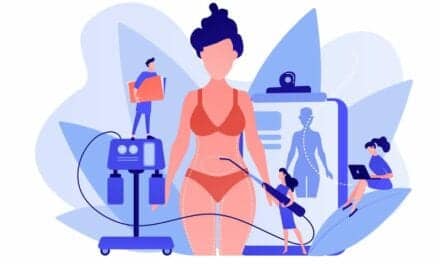
Matarasso is co-chairing the new ?meeting with New York City plastic surgeon Sid Coleman, MD, and Washington, DC-based plastic surgeon Maurice Nahabidian, MD, and they are pulling out all the stops.
PSP sat down with Matarasso to chat about Aesthetica, celebrity emulation, and his favorite source of industry news. Here’s what he had to share:
1. What are the goals of the upcoming Aesthetica Symposium?
Our goal is to deliver a high volume ?of quality information to many surgeons with minimal downtime and cost. The meeting combines three previous symposia into one super symposia. No other meeting covers such a broad spectrum of topics. Aesthetica is also endorsed by facial plastic surgeons and is open to their membership.
2. Celebrity emulation, #selfie awareness, competition in the job market… What are the ?biggest catalysts for patients seeking surgery?
It has always been multifactorial; it depends on the procedure, the age group, and the time of year. But celebrity emulation is definitely a factor. Many patients—particularly, rhinoplasty and breast surgery patients—have a celebrity whose feature they regard as ideal. This is fine as long as they don’t want to look like that person. For example, if a patient says she wants a C cup and brings in a picture of a Victoria’s Secret model to show what she means, this is helpful.
3. What role do minimally invasive procedures have in your ?practice?
The role of nonsurgery is multifaceted. It can be utilized to complement or enhance surgery, to address something surgery can’t address—such as Botox for forehead lines, or to stave off the need ?for surgery, but minimally invasive procedures can’t replace surgery.
4. Do you have a signature ?procedure?
My specialty is cosmetic surgery, and I do a large volume of all the major cosmetic operations. Different patients may recognize me for different procedures, but the reality is that my niche consists of the five or six cosmetic operations that I do on a daily basis: rhinoplasty, blepharoplasty, facelift, cosmetic breast surgery, abdominoplasty, and liposuction.
5. What’s trending in Manhattan?
In neighborhoods such as the Upper East Side, eyelid surgery and neck lift are trending. In postpartum women, the mommy makeover is popular. In younger patients, there has been an uptick in nonsurgical procedures because there is an increased understanding that early intervention and maintenance can stave off the effects of aging. That being said, in my practice neck lifts are really trending. I now perform almost as many neck lifts as I do facelifts.
6. How do you market your ?practice?
My practice is 95%—or more—word of mouth. Until 5 years ago, I didn’t even have a website, and I still don’t do any search engine optimization.
7. What is your practice ?philosophy?
My philosophy is to underpromise and overdeliver. I believe it is very important to explain each patient’s options to him or her. Patients often come in with preconceived notions of cosmetic surgery—I think it’s important to dispel these notions when incorrect.
8. Where do you stand when it comes to integrating technology into your practice?
I embrace technologies and techniques that will help my patients, particularly if they are doing something that current techniques can’t do. This is why, for example, I was an early adopter of BOTOX®. However, I’ve been doing this long enough to see a lot of technology come and go. Just because something has been approved doesn’t mean it’s going to be safe. As a result, I believe we have a responsibility to our patients to vet new technologies and procedures for safety. It should be all about what’s best for the patient. Period.
9. What technology could you not practice without?
Two types of lasers: radiofrequency-based intense pulsed light lasers and ablative lasers. Both play a big role in my practice.
10. Where do you get your industry news?
Publications such as PSP are invaluable because they cross interdisciplinary lines. They fill a natural void because they bring to the forefront a lot of things that some doctors otherwise would not get exposed to. Thanks to publications like PSP, these doctors have access to the views of colleagues, comparative charts, and other important information.
William Payton is a contributing writer for Plastic Surgery Practice magazine. He can be reached via [email protected].


